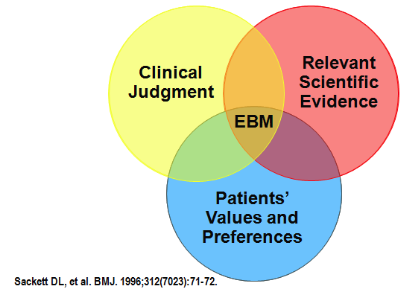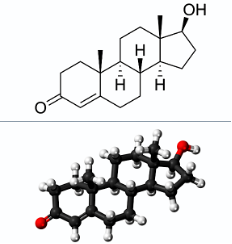

.jpg)
Do more folks assigned female at birth seek gender care than those assigned male?
What’s the Buzz About?
This study investigates how an individual's sex assigned at birth affects the age at which they seek specialist gender-affirming care. By analyzing referral data from gender clinics in Melbourne, Australia, and Amsterdam, the Netherlands, the researchers aimed to understand patterns in the timing of care-seeking behavior among transgender and gender-diverse individuals.
Key Findings
- Childhood Referrals (Under 10 Years): In Melbourne, 59.6% of referrals were individuals assigned male at birth (AMAB); in Amsterdam, this figure was 47.1%.
- Adolescent Referrals (10–19 Years): AMAB individuals comprised 31.3% of referrals in Melbourne and 30.5% in Amsterdam
- Young Adult Referrals (20–29 Years): The proportion of AMAB referrals increased to 56.1% in Melbourne and 52.5% in Amsterdam.
- Adult Referrals (30 Years and Over): AMAB individuals represented 68.4% of referrals in Melbourne and 70.7% in Amsterdam.
These patterns suggest that AMAB individuals are more likely to seek gender-affirming care during early childhood and adulthood, with a notable decline during adolescence.
Why It Matters
- Societal Influences: The underrepresentation of AMAB adolescents in referrals may reflect societal factors such as transphobia and trans misogyny, which can delay care-seeking behavior or disclosure of trans identity in the teenage years for those assigned male at birth
- Healthcare Planning: Understanding these patterns is important for healthcare providers and policymakers to ensure that gender-affirming services are accessible and responsive to the needs of all individuals
Study Limitations
- Retrospective Design: The study's retrospective nature limits the ability to establish causality between assigned sex and age of referral.
- Geographical Scope: Data were collected from clinics in Melbourne and Amsterdam, which may not be representative of patterns in other regions or countries
Quick Quiz: Test Your Knowledge!
Which age group showed the lowest proportion of AMAB individuals seeking gender-affirming care?
A) Under 10 years
B) 10–19 years
C) 20–29 years
D) 30 years and over
B) 10–19 years - AMAB individuals comprised only about 30% of adolescent referrals, indicating a significant drop during this age period.
Read the full research: Kahn, F. K., Wiepjes, C. M., Colon-Cabrera, D., Tollit, M. A., Hoq, M., Feldman, D., Ravine, A., Lane, R., Steensma, T. D., & Pang, K. C. (2025). Effect of assigned sex on the age at which individuals seek specialist gender affirming care. International Journal of Transgender Health.
Geek Out Contributor: Olivia Donaghy, GHA Psychologist
.svg)




